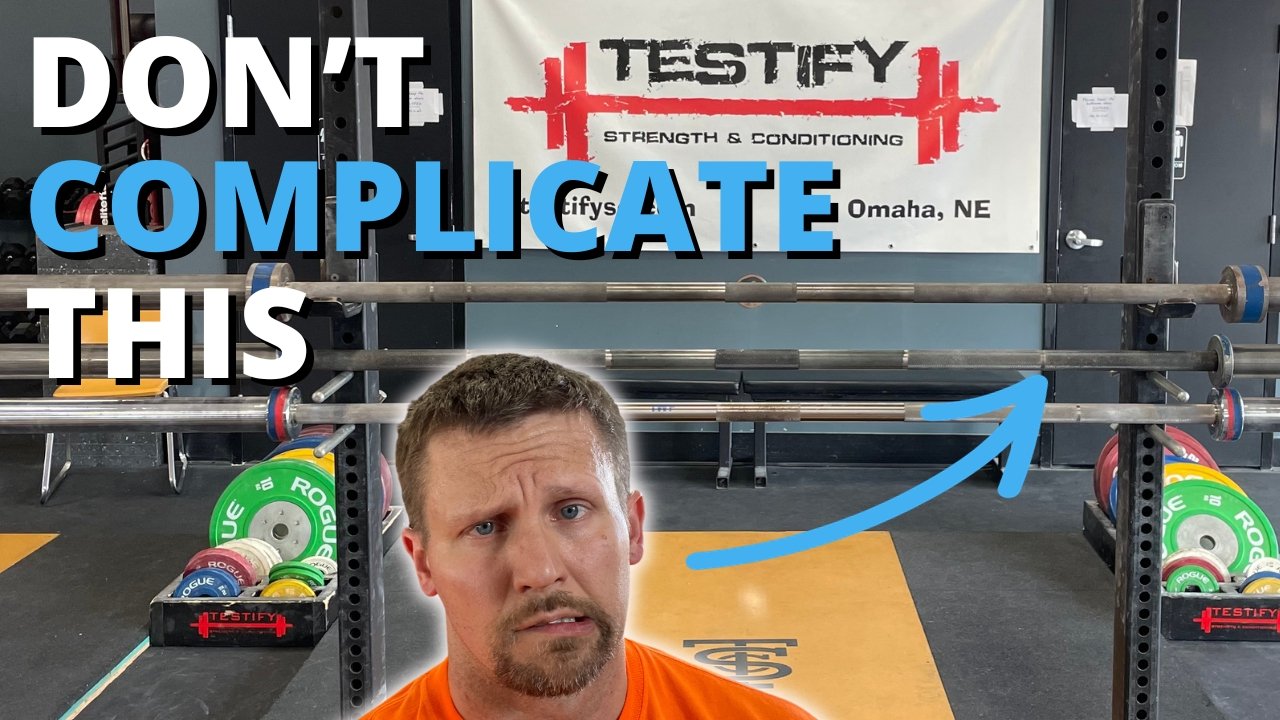I had a conversation this week with one of our members after his last set of squats that went something like this:
Me: “That last rep was spot on.”
Member: “Yeah, that rep was so much easier since I stayed leaned over longer on the way up. It’s so strange how that works, and I sometimes just forget it.”
Me: “Yep, it can be counterintuitive, but you have to stay leaned over to make standing up easier.”
This conversation illustrates a common problem with newer and even experienced lifters, which is that of trying to raise the chest prematurely when coming up out of the hole on the squat. In other words, they try to make their back angle more vertical right away on the ascent. We sometimes refer to this problem as “not staying in your hips,” and today, we’re going to solve this issue.
Remember, during the ascent of the squat, your back angle will eventually become more vertical - after all, we finish the squat in an upright (i.e., vertical) position. However, if you try to make it vertical too soon, it makes for a slower, more difficult squat. To avoid this problem, we cue people to “drive the hips” or “stay in your hips” as they come up out of the hole (very often, this cue is reduced to simply “Hips!”).
With that being said, if these cues don’t work for you and you still find yourself raising your chest too soon on your ascent, try one of the following cues as you drive up out of the bottom of the squat:
“Stay in your lean.”
“Stay leaned over.”
With these cues, you are reminding yourself to preserve your back angle - to preserve that leaned-over position - for longer than you think on the way up. You’re not telling yourself to become more leaned over - you’re just trying to keep your back angle relatively constant as you start to ascend.
Don’t worry - you will eventually raise your chest as you continue to ascend, and it will happen without you thinking about it. We just don’t want it to happen immediately, and these cues may just help you accomplish this.
We hope this helps you get stronger and live better!




